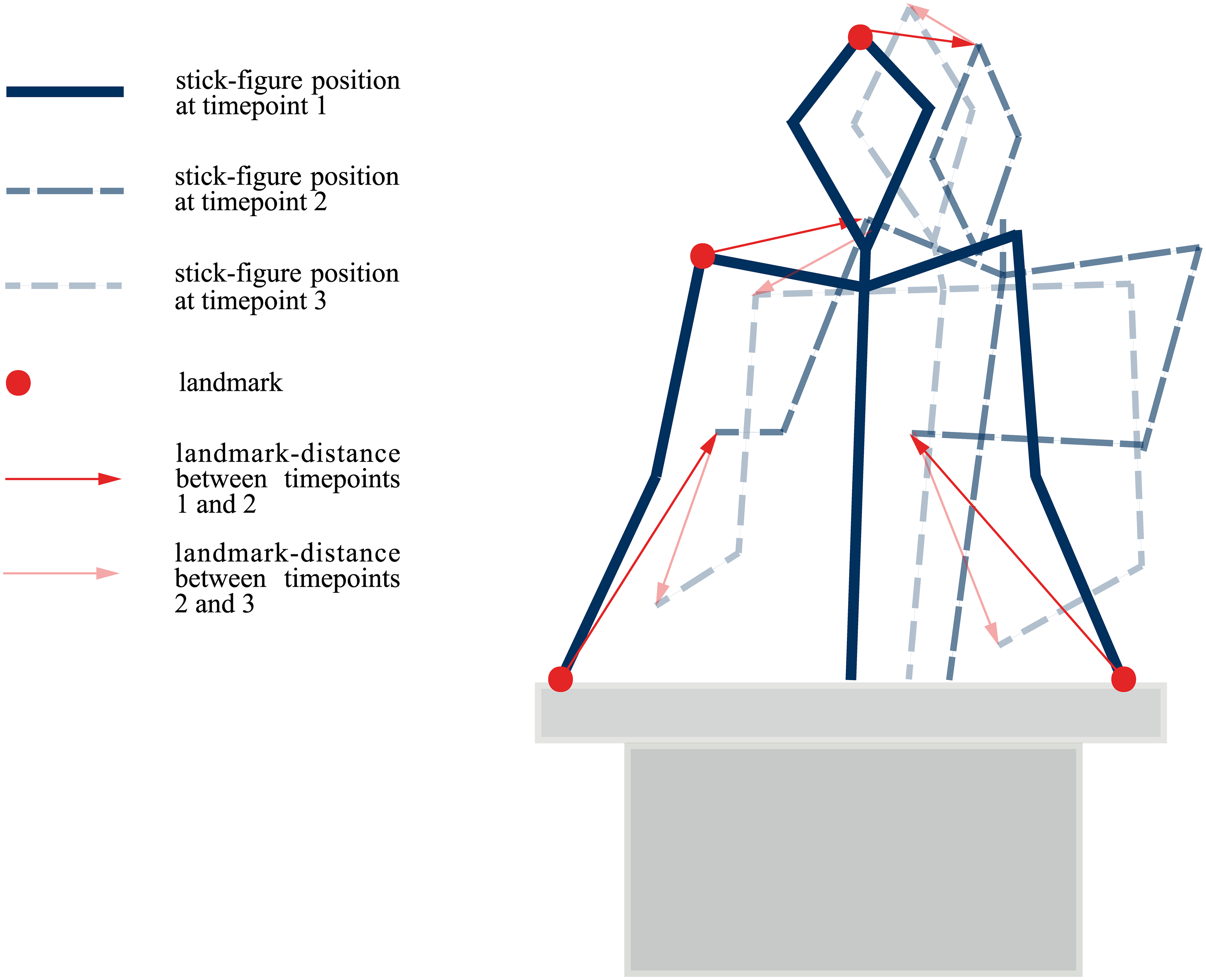# A tibble: 460 × 5
Tak_Mal_Stim Answer Corr_1_Wrong_0 Rater Female_0
<chr> <chr> <dbl> <chr> <dbl>
1 Takete CORRECT 1 10MacI_12_10_11_59_.txt 0
2 Takete CORRECT 1 10MacI_12_10_11_59_.txt 0
3 Takete CORRECT 1 10MacI_12_10_11_59_.txt 0
4 Takete CORRECT 1 10MacI_12_10_11_59_.txt 0
5 Takete CORRECT 1 10MacI_12_10_11_59_.txt 0
6 Maluma CORRECT 1 10MacI_12_10_11_59_.txt 0
7 Takete CORRECT 1 10MacI_12_10_11_59_.txt 0
8 Takete CORRECT 1 10MacI_12_10_11_59_.txt 0
9 Maluma CORRECT 1 10MacI_12_10_11_59_.txt 0
10 Takete CORRECT 1 10MacI_12_10_11_59_.txt 0
# ℹ 450 more rowsQML - Week 8
Bernoulli regression models
Bouba and kiki

Cross-modality
There are links between the auditory and visual modalities.
A lot of research this concept, in fact originated with Köhler (1929) who used “takete” and “maluma” (not the singer).
Koppensteiner, Stephan, and Jäschke (2016) ask if not only shape, but also motion patterns enter in the cross-modality link.
Motion patterns

Koppensteiner, Stephan, and Jäschke (2016)
Motion patterns
Koppensteiner, Stephan, and Jäschke (2016)
46 students (24 females and 22 males; age M = 25.1 years, SD = 3.6) of the University of Vienna.
They saw a word (takete or maluma) and two stick-figures moving.
They had to pick the stick figure they thought was described by the word.
The data
Accuracy

Figure 1: Accuracy by stimulus type.
Modelling accuracy
We want to model the proportion of correct responses by stimulus type: both types should elicit the same level of accuracy.
We can use a Bernoulli regression model.
Accuracy: Bernoulli regression
Accuracy: model summary
Family: bernoulli
Links: mu = logit
Formula: Answer_f ~ Tak_Mal_Stim
Data: kopper (Number of observations: 460)
Draws: 4 chains, each with iter = 2000; warmup = 1000; thin = 1;
total post-warmup draws = 4000
Regression Coefficients:
Estimate Est.Error l-95% CI u-95% CI Rhat Bulk_ESS Tail_ESS
Intercept 0.81 0.15 0.52 1.11 1.00 3978 2479
Tak_Mal_StimTakete 0.15 0.21 -0.25 0.56 1.00 4026 2442
Draws were sampled using sampling(NUTS). For each parameter, Bulk_ESS
and Tail_ESS are effective sample size measures, and Rhat is the potential
scale reduction factor on split chains (at convergence, Rhat = 1).Expected predictions of accuracy

Credible intervals of the difference
kop_bm_draws <- as_draws_df(kop_bm)
kop_bm_draws |>
summarise(
`90%` = paste0("[", paste(quantile2(b_Tak_Mal_StimTakete, c(0.05, 0.95)) |> round(2), collapse = ", "), "]"),
`80%` = paste0("[", paste(quantile2(b_Tak_Mal_StimTakete, c(0.1, 0.9)) |> round(2), collapse = ", "), "]"),
`70%` = paste0("[", paste(quantile2(b_Tak_Mal_StimTakete, c(0.15, 0.85)) |> round(2), collapse = ", "), "]"),
`60%` = paste0("[", paste(quantile2(b_Tak_Mal_StimTakete, c(0.2, 0.8)) |> round(2), collapse = ", "), "]"),
`40%` = paste0("[", paste(quantile2(b_Tak_Mal_StimTakete, c(0.3, 0.7)) |> round(2), collapse = ", "), "]")
) |>
knitr::kable(align = c("ccccc"))| 90% | 80% | 70% | 60% | 40% |
|---|---|---|---|---|
| [-0.18, 0.49] | [-0.11, 0.42] | [-0.06, 0.37] | [-0.02, 0.33] | [0.04, 0.27] |
Is there a difference in accuracy by stimulus type?
According to the model, the difference in log-odds is [-0.25, 0.56] at 95% probability.
Only at 40% probability we can argue for an increase in log-odds for takete stimuli between 0.04 and 0.27.
We can’t argue for or against a difference. We just do not know.